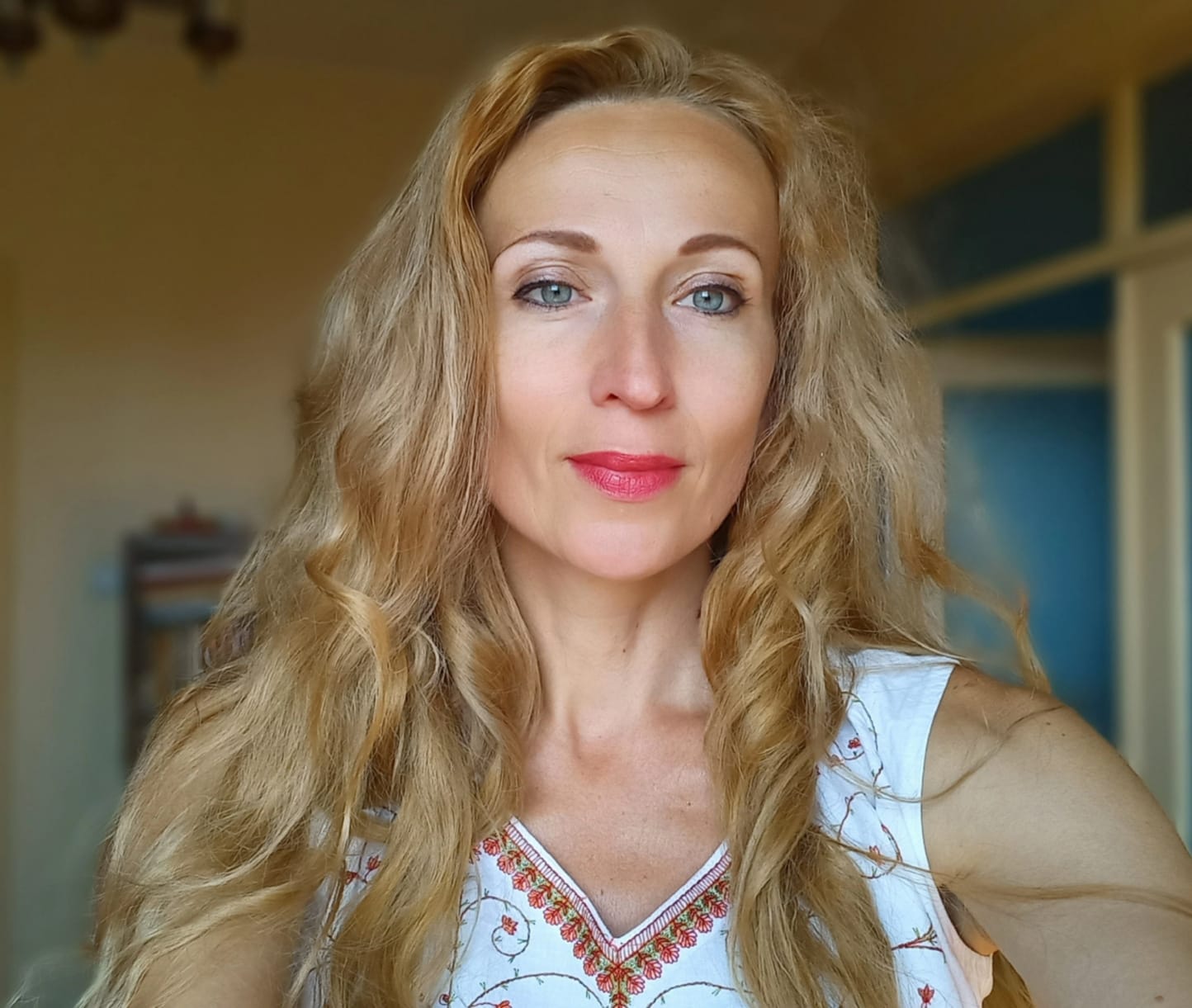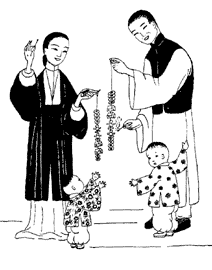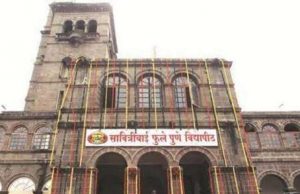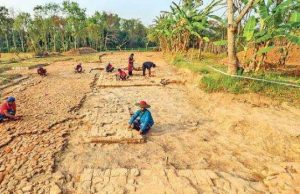
The stupa (Tib: chorten) is one of the most important architectural forms in Buddhism. It is used to venerate Buddhist saints and relics as well as the Buddha himself. The stupa is a symbol of the Buddhist cosmos, representing complex ideologies about the structure of the universe and philosophical concepts.
The construction of a stupa brings tremendous merit and sacralizes the space it occupies. Yet there is one more benefit of erecting a stupa, one that is extremely important to our present time, when, due to the COVID-19 pandemic, we have a tendency to divide people, to socially distance or isolate them. This benefit is unity; the unity of people who are working toward a common goal. The unity of people who venerate a holy object and are sharing the blessings.

It seems almost unbelievable that in the small Buddhist republic of Kalmykia, part of the Russian Federation, we can see bright examples of this unity among the people. There they are erecting and consecrating stupas, even during the difficult stages of the pandemic in Russia. I would say that this is something like a miracle, but as I was able to visit this region of the Russian steppes to meet the warmhearted and devoted Kalmyk people, I can verify that this miracle is natural. Undoubtedly, the source of inspiration, motivation, and great support for the construction of such holy landmarks is connected with two figures: His Holiness the Dalai Lama and Telo Tulku Rinpoche, the Shajin (Supreme) Lama of Kalmykia and honorary representative of His Holiness the Dalai Lama in Russia, Mongolia, and the Commonwealth of Independent States.
I will give as an example two stupas built in Kalmykia this year: the Lotus Stupa and the Stupa of the Descent from Tushita Heaven, consecrated by Telo Tulku Rinpoche in October and November 2021, respectively.

of the Lotus Stupa. From facebook.com
The Lotus Stupa was erected in the village of Buranny in Lagansky District, one of 13 administrative divisions in Kalmykia.* Traditionally, the Lotus Blossom Stupa is related to the birth of Shakyamuni Buddha (Tib: kutam chorten). Immediately after birth, the baby Siddhartha took seven steps in each of the four cardinal directions, and in his footsteps lotuses sprang up in each direction.
The Lotus Stupa in Buranny was consecrated on 9 November in a ceremony led by Telo Tulku Rinpoche. Together with monks from the central khurul (temple) of Kalmykia, the Golden Abode of Shakyamuni Buddha, and with monks from Lagansky Khurul, the head of the Buddhists of Kalmykia performed a ritual of consecration (Tib: rabne). This was followed by a ritual of purifying the area (Tib: chusol) and a ritual of offering incense smoke (Tib: sang cho) to all enlightened beings.
Before the start of the prayer service, Telo Tulku Rinpoche congratulated the residents of Buranny with inspiring words: “Today is a spiritual holiday for all of us, during which we can accumulate good merit. The construction of a khurul or stupa is a very good example of the unity of the people. I am 100 per cent sure that every resident of the village took part in the construction of the stupa. When there is a common interest, we get such beautiful results. And I ask all of you to pray together with the monks for the benefit of all living beings and for a good future for the younger generation.”

The stupa construction took just over a year. According to the head of the organizing committee, Lyudmila Nimgirova, the proposal to erect a stupa was supported by all current and former residents of Buranny. Invaluable assistance in the creation of the holy monument was provided by Mikhail Kokayev, who was a supervisor of the construction. Kokayev has extensive experience in the construction of religious structures in accordance with the Buddhist Canon. Earlier, with his participation, stupas were erected in his native village of Gashun-Burgusta and in the village of Chkalovsky in Ketchenerovsky District.
After the consecration, those who participated in the construction were rewarded by Telo Tulku Rinpoche, and by the Administration of the Lagansky District Municipal Formation and of the Buranninsky Rural Municipal Formation. At the end of the prayer service, a concert was held featuring local groups and the popular Kalmyk folk singer Dmitry Sharaev.
The second stupa erected, the Stupa of the Descent from Tushita Heaven (Tib: lhabab chorten), was in Tavn-Gashun Village of Yashkulsky District. Like the Lotus Stupa, this stupa is one of the eight types of stupa found in the Tibetan tradition, representing eight important events in the life of Shakyamuni Buddha. The Buddha’s mother, Mayadevi, was reborn in the celestial realm of Tushita and to repay her kindness the Buddha spent three months there and taught her the path to enlightenment. This stupa represents the Buddha’s return from the celestial realm in order to continue teaching the people of northern India.

The family of Anatoly Mandzhiev, a resident of the village, initiated the stupa’s construction. Many other people participated, including relatives, friends, and neighbors. The Stupa of the Descent from Tushita Heaven was consecrated on 13 October by monks from the Golden Abode of Shakyamuni Buddha, led by Telo Tulku Rinpoche. The monks performed the chusol ritual of purifying the area, the rabne ritual of consecration, and the ritual of incense offering (Tib: sangsol).
As usual, before the beginning of the prayer service, Telo Tulku Rinpoche explained the essence of the rituals being held: “The most important thing is not the prayers that the monks will read, not the ritual itself. Above all, it is your motivation. Why did you come here today? In order to accumulate merit, thanks to which we receive spiritual strength and positive energy for the implementation of all our plans.” Telo Tulku Rinpoche also noted: “Each stupa built is not only a blessing for our people, but serves as an example of uniting different people to achieve a common goal.”
The family of Mandzhiev expressed gratitude to everyone who took part in the construction, especially to Vladimir Vaskin, under whose direct supervision all stages of construction took place. They also thanked Maxim Dzhalchinov, who made decorations for the stupa and the statues of the protector lions. They emphasized that the stupa was not a family stupa but was built for the benefit of all sentient beings and dedicated to their wish for a visit by His Holiness the Dalai Lama to Kalmykia.

* Buddhist Holy Sites of the Russian Steppes (BDG)
See more
В селе Буранное Лаганского района открыли Лотосовую ступу
В Калмыкии возвели очередную буддийскую ступу
Related features from BDG
New Maitreya Statue Consecrated in Kalmykia
Cultural Autonomy and Spiritual Revival in Kalmykia: A Conversation with Valeriya Gazizova
The Dalai Lama’s Visits to Kalmykia














